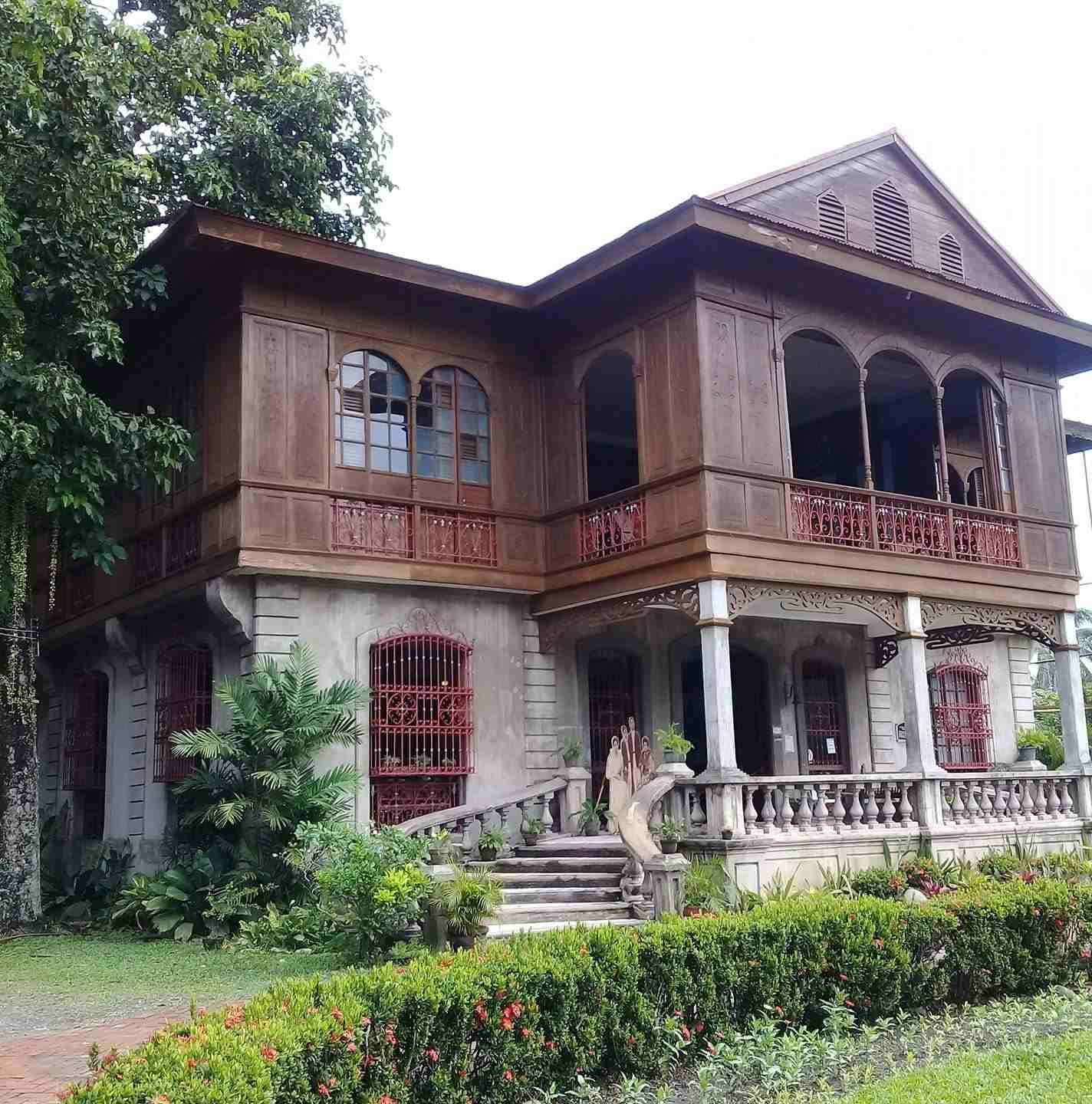LIST: Haunted mansions in the Philippines and their dark history
For thrill-seekers seeking an extra adrenaline rush, haunted house attractions are the perfect activity with friends. But have you ever tried visiting an actual haunted house?
Most cultural places in the Philippines have a lot of history, some of which are not for the faint-hearted. These decades-old houses and mansions, once bustling with life, are now filled with tales of tragedy and the supernatural.
If you’re brave enough to learn about the history of these haunted sites, here are some things to know about their past:
Laperal White House

If you've been to Baguio City, you may have come across the 19th-century wonder that is the Laperal White House.
Built in the 1920s out of narra and yakal wood, the structure served as a vacation home for a certain Roberto Laperal and his wife Victoria back when the Philippines was under American rule. The couple was part of one of the oldest clans in Baguio.
Despite their wishes, the Villalon family's ancestral home was eventually sold. In 2007, the property was acquired by billionaire tycoon Lucio Tan.
Caretakers of the property alleged that they have frequent sightings of Victoria’s ghost lingering inside the residence. Passersby also claimed to have seen a white figure staring at them from one of the windows.
Such tales have led the Laperal White House to become a popular haunted location, so much so that it was even featured in the 2010 horror movie White House.
It has since undergone renovation to become an upscale dining establishment called Joseph's which opened in 2022.
Villalon Mansion
The province of Cebu is no stranger to ghost sightings, haunted locations, or hair-raising stories, but the Villalon Mansion located a few meters from the Cebu Provincial Capitol is perhaps the place that holds paranormal activities the most.
Named after its former owners, the Villalons, Balay Negrense was once the center of social gatherings in the neighborhood. However, the family's sudden departure left the mansion abandoned and closed to the public. Now, only a solitary caretaker watches over this historic yet eerie landmark.
Whether or not the house is the site of a tragedy is shrouded in mystery, but there have been numerous reports from residents near the mansion of a white lady singing during a night of a full moon. Some have also claimed to have seen children playing around the mansion.
Herrera Mansion
The Old Neo-classic House in Tiaong, Quezon Province Doña Concha Umali Ancestral House #PhilippineAncestralHouse pic.twitter.com/lQvVPogLul
— Filipinas (@RecuerdoPinas) September 1, 2019
The municipality of Tiaong in Quezon province holds a terrifying hotspot for restless spirits in the form of a stone mansion that withstood the chaos brought about by World War II.
Built in 1920 by Tomas Mapua for married couple Isidro and Juliana Herrera, the house is regarded as the oldest existing residence in Tiaong, and the most haunted one at that.
There are many spine-chilling accounts from locals that headless soldiers in Japanese uniforms roam the premises of the dilapidated property, as well as an elderly couple who frequently descend the stairs.
Nevertheless, it is a historical gem under broad daylight, as the mansion boasts an impressive albeit run-down stone statue of Elias—a character in Rizal’s work El Filibusterismo—trying to overpower a fierce crocodile.
Balay Negrense

Exploring Silay City in Negros Occidental? Don't miss the Balay Negrense, a historic ancestral home turned museum.
This eerie mansion once belonged to Victor F. Gaston, the son of a prominent sugarcane baron. Built after the death of his wife, the upper story is made of stone, while the rest is constructed with concrete and local hardwood.
Gaston and his 12 children lived there from 1901 until he died in 1927. After which, the place was entirely abandoned and forgotten.
While it was eventually restored and inaugurated into a museum decades later, visitors have reported feeling an unsettling presence within its walls, adding to the mystique of this historic landmark.
Particularly, the rooms with mirrors made guests feel like they were being watched, and some even felt ill that they had to leave the area. Moreover, there are also sightings of people dressed in old-fashioned clothing in the house’s ballroom.
Bahay na Pula

Just from the name itself, one can tell that Bahay na Pula or Red House in San Ildefonso, Bulacan has a grim background.
Red is often associated with blood, death, and murder, which is why the house is named that way due to the mass rapes and murders committed by the Imperial Japanese Army during World War II.
The house was constructed way back in 1929 by a family who owned vast hacienda lands in the area, but when Japanese forces arrived in the Philippines, the Red House was used as a garrison to sexually enslave women from Bulacan and Pampanga. Some of which were only eight and nine years old.
In 2016, the structure was partially demolished for unknown reasons, with only a few frames and its roof remaining. It stands that way to this day.



